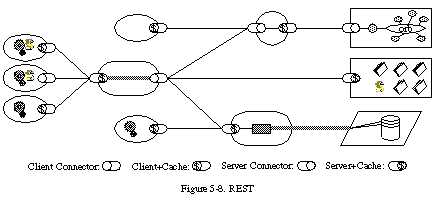5 Essential HTTP Methods for RESTful Services
- GET: Retrieve data from specified resources without side effects
- POST: Create new resources or submit data for processing
- PUT: Update existing resources or create if they don't exist
- DELETE: Remove specified resources from the server
- PATCH: Apply partial modifications to existing resources
Understanding these HTTP methods is crucial for building intuitive and predictable REST APIs. Each method has specific semantics and idempotency characteristics that affect how clients interact with your services.



